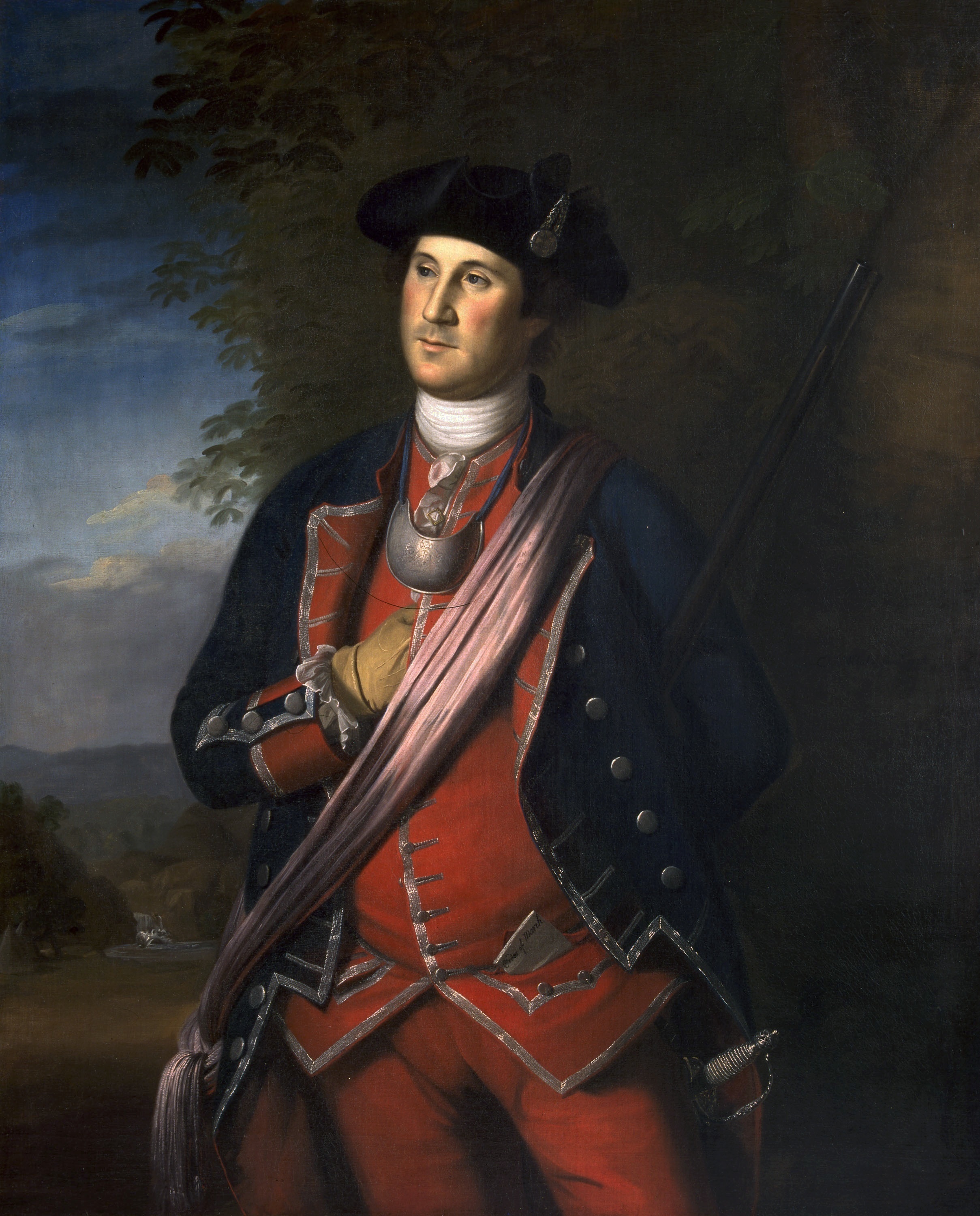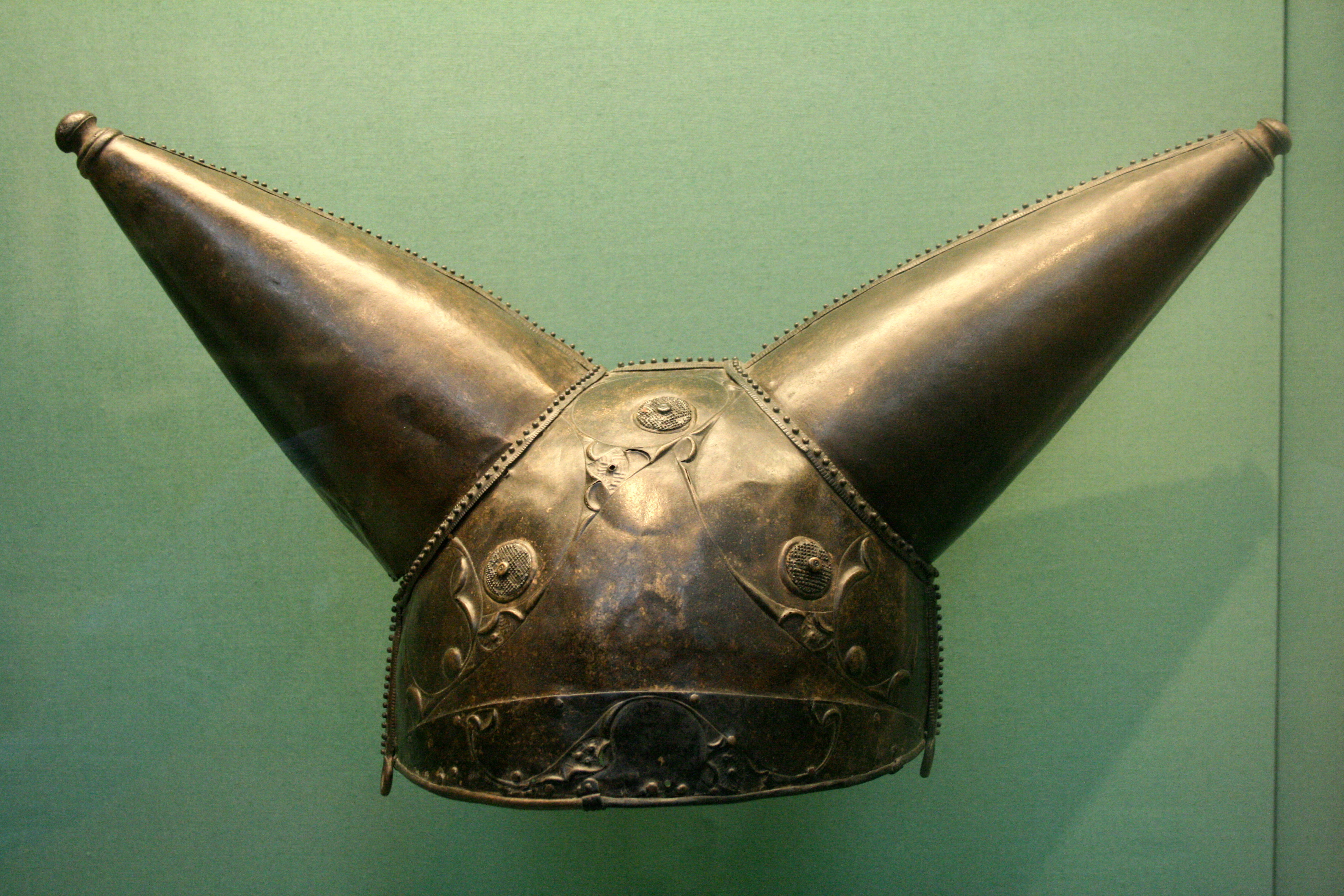|
Edward Manners, 3rd Earl Of Rutland
Edward Manners, 3rd Earl of Rutland, 14th Baron de Ros of Helmsley, KG (12 July 1549 – 14 April 1587) was the son of Henry Manners, 2nd Earl of Rutland, whose titles he inherited in 1563. Life He was the eldest son of Henry Manners, 2nd Earl of Rutland, and Margaret, fourth daughter of Ralph Neville, 4th Earl of Westmorland. He seems to have been educated at Oxford, though he did not graduate there as a student. He bore the title of Lord Roos or Ros, the old title of his family, until 1563, when by the death of his father he became third Earl of Rutland. He was made one of the queen's wards, and was specially under the charge of Sir William Cecil, who was connected with him by marriage. He accompanied the queen on her visit to Cambridge in 1564, and was lodged in St. John's College, and created M.A. on 10 August. In October 1566, he was made M.A. of Oxford. In 1569, he joined the Earl of Sussex, taking his tenants with him, and held a command in the army which suppressed ... [...More Info...] [...Related Items...] OR: [Wikipedia] [Google] [Baidu] |
Earl Of Rutland
Earl () is a rank of the nobility in the United Kingdom. In modern Britain, an earl is a member of the peerage, ranking below a marquess and above a viscount. A feminine form of ''earl'' never developed; instead, ''countess'' is used. The title originates in the Old English word , meaning "a man of noble birth or rank". The word is cognate with the Scandinavian form '' jarl''. After the Norman Conquest, it became the equivalent of the continental count. In Scotland, it assimilated the concept of mormaer. Since the 1960s, earldoms have typically been created only for members of the royal family. The last non-royal earldom, Earl of Stockton, was created in 1984 for Harold Macmillan, prime minister from 1957 to 1963. Alternative names for the rank equivalent to "earl" or "count" in the nobility structure are used in other countries, such as the '' hakushaku'' (伯爵) of the post-restoration Japanese Imperial era. Etymology In the 7th century, the common Old English terms fo ... [...More Info...] [...Related Items...] OR: [Wikipedia] [Google] [Baidu] |
Ruff (clothing)
A ruff is an item of clothing worn in Western, Central and Northern Europe, as well as Spanish America, from the mid-16th century to the mid-17th century. The round and flat variation is often called a millstone collar after its resemblance to millstones for grinding grain. History The ruff, which was worn by men, women and children, evolved from the small fabric ruffle at the neck of the shirt or chemise. Ruffs served as changeable pieces of cloth that could themselves be laundered separately while keeping the wearer's doublet or gown from becoming soiled at the neckline. The stiffness of the garment forced upright posture, and their impracticality led them to become a symbol of wealth and status. Ruffs were primarily made from linen cambric, stiffened with starch imported from the Low Countries. Later ruffs were sometimes made entirely from lace, an expensive embellishment that developed in the early sixteenth century. The size of the ruff increased as the century ... [...More Info...] [...Related Items...] OR: [Wikipedia] [Google] [Baidu] |
Gorget
A gorget ( ; ) was a band of linen wrapped around a woman's neck and head in the English medieval clothing, medieval period or the lower part of a simple chaperon (headgear), chaperon hood. The term later described a steel or leather Collar (clothing), collar to protect the throat, a set of pieces of plate armour, or a single piece of plate armour hanging from the neck and covering the throat and chest. Later, particularly from the 18th century, the gorget became primarily ornamental, serving as a symbolic accessory on military uniforms, a use which has survived in some armies (see below). The term may also be used for other things such as items of jewellery worn around the throat region in several societies, for example wide thin gold collars found in prehistoric Ireland dating to the Bronze Age. As part of armour In the High Middle Ages, when Mail (armour), mail was the primary form of metal body armour used in Western Europe, the mail coif protected the neck and lower fa ... [...More Info...] [...Related Items...] OR: [Wikipedia] [Google] [Baidu] |
Gerard Johnson The Elder
Gheerart Janssen (fl. 1568, died 1611), later known as Gerard Johnson Sr., an English sculptor who operated a monument workshop in Elizabethan and Jacobean England and the father of Gerard Johnson the younger, who is thought to have created Shakespeare's funerary monument. He and Cornelius Cure became the leaders of the so-called Southwark school of monument design, which dominated the English market in the late-sixteenth century. Life Johnson was born in Amsterdam. He became an English citizen in 1568 and Anglicized his name. Forbidden as an alien to live in the City of London, he settled across the Thames River in Southwark in the Bankside area, in which communities of Dutch and Flemish refugees flourished. Johnson married an English woman, Mary (or Marie), and had a family of five sons and a daughter. Two of the sons, Nicholas and Gerard, became sculptors and continued their father's monument business. Johnson's workshop became a major monument supplier. In 1593 his worksh ... [...More Info...] [...Related Items...] OR: [Wikipedia] [Google] [Baidu] |
Leicestershire
Leicestershire ( ) is a Ceremonial counties of England, ceremonial county in the East Midlands of England. It is bordered by Derbyshire, Nottinghamshire and Lincolnshire to the north, Rutland to the east, Northamptonshire to the south-east, Warwickshire to the south-west, and Staffordshire to the west. The city of Leicester is the largest settlement and the county town. The county has an area of and a population of one million according to 2022 estimates. Leicester is in the centre of the county and is by far the largest settlement, with a Leicester urban area, built-up area population of approximately half a million. The remainder of the county is largely rural, and the next-largest settlements are Loughborough in the north, Hinckley in the south-west, and Wigston south-east of Leicester. For Local government in England, local government purposes Leicestershire comprises a non-metropolitan county, with seven districts, and the Unitary authorities of England, unitary authority a ... [...More Info...] [...Related Items...] OR: [Wikipedia] [Google] [Baidu] |
Bottesford, Leicestershire
Bottesford is a village and civil parish in the Borough of Melton in the ceremonial county of Leicestershire, England. It lies close to the borders of Nottinghamshire and Lincolnshire. Location Bottesford is about east of Nottingham and north of Melton Mowbray and west of Grantham. The village is the largest in the Vale of Belvoir and near to Belvoir Castle, home to the Duke and Duchess of Rutland. It had a population of 3,587 at the 2011 census, estimated in 2018 at 3,382. It borders smaller parishes in Leicestershire, Lincolnshire and Nottinghamshire, such as Redmile, Sedgebrook, Orston and Elton on the Hill. The local amenities include a post office, a railway station, a library, a church, a convenience store, three restaurants and three pubs: ''The Bull Inn'', ''The Rutland Arms'', and ''The Thatch''. Name Bottesford derives its name from the Anglo-Saxon " Ford belonging to the botl" (house). The ford was over the River Devon. Bottesford is listed in the 1086 Domes ... [...More Info...] [...Related Items...] OR: [Wikipedia] [Google] [Baidu] |
John Manners, 4th Earl Of Rutland
John Manners, 4th Earl of Rutland (c. 1559 – 24 February 1588) was the son of Henry Manners, 2nd Earl of Rutland, and Lady Margaret Neville, daughter of Ralph Neville, 4th Earl of Westmorland. Marriage and children He married Elizabeth Charlton, a daughter of Francis Charlton of Apley Castle, by whom he had ten children: *Lady Bridget Manners (21 Feb 1572 – 10 July 1604) married Robert Tyrwhitt of Kettleby 1594 *Roger Manners, 5th Earl of Rutland (6 October 1576 – 26 June 1612) married Elizabeth Sidney. *Francis Manners, 6th Earl of Rutland (1578 – 17 December 1632) married twice, first to Frances Knyvet, and secondly to Cecily Tufton. *George Manners, 7th Earl of Rutland (1580 – 29 March 1641) married Frances Cary. *Sir Oliver Manners (c. 1582 – 1613) *Lady Frances Manners (22 October 1588 – 1643) married William Willoughby, 3rd Baron Willoughby of Parham *Lady Mary Manners *Lady Elizabeth Manners (died 16 March 1653) *Edward Manners died young *Lady Anne Manner ... [...More Info...] [...Related Items...] OR: [Wikipedia] [Google] [Baidu] |
City Of London
The City of London, also known as ''the City'', is a Ceremonial counties of England, ceremonial county and Districts of England, local government district with City status in the United Kingdom, city status in England. It is the Old town, historic centre of London, though it forms only a small part of the larger Greater London metropolis. The City of London had a population of 8,583 at the 2021 United Kingdom census, 2021 census, however over 500,000 people were employed in the area as of 2019. It has an area of , the source of the nickname ''the Square Mile''. The City is a unique local authority area governed by the City of London Corporation, which is led by the Lord Mayor of London, Lord Mayor of the City of London. Together with Canary Wharf and the West End of London, West End, the City of London forms the primary central business district of London, which is one of the leading financial centres of the world. The Bank of England and the London Stock Exchange are both ba ... [...More Info...] [...Related Items...] OR: [Wikipedia] [Google] [Baidu] |
Good Friday
Good Friday, also known as Holy Friday, Great Friday, Great and Holy Friday, or Friday of the Passion of the Lord, is a solemn Christian holy day commemorating the crucifixion of Jesus and his death at Calvary (Golgotha). It is observed during Holy Week as part of the Paschal Triduum. Members of many Christian denominations, including the Catholic, Eastern Orthodox, Lutheran, Anglican, Methodist, Oriental Orthodox, United Protestant and some Reformed traditions (including certain Continental Reformed, Presbyterian and Congregationalist churches), observe Good Friday with Fasting in religion#Christianity, fasting and church services. In many Catholic, Lutheran, Anglican and Methodist churches, the Three Hours' Agony, Service of the Great Three Hours' Agony is held from noon until 3p.m.—the hours the Bible records crucifixion darkness, darkness covering the land until Jesus' death on the cross. In the Catholic, Lutheran and Anglican traditions of Christianity, the Stations of th ... [...More Info...] [...Related Items...] OR: [Wikipedia] [Google] [Baidu] |
Heir Male
In inheritance, a hereditary successor is a person who inherits an indivisible title or office after the death of the previous title holder. The hereditary line of succession may be limited to heirs of the body, or may pass also to collateral lines, in case of extinction of heirs of the body, depending on the succession rules. These concepts are in use in English inheritance law.. Main concepts for hereditary succession are usually either ''heir male'' or ''heir general'' – see further primogeniture (agnatic, cognatic, and also equal). "Heir male" is a genealogical term which specifically means "senior male by masculine primogeniture in the legitimate descent of an individual" Certain types of property pass to a descendant or relative of the original holder, recipient or grantee according to a fixed order of kinship. Upon the death of the grantee, a designated inheritance such as a peerage, or a monarchy, passes automatically to that living, legitimate, non-adoptive re ... [...More Info...] [...Related Items...] OR: [Wikipedia] [Google] [Baidu] |



